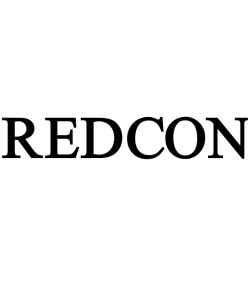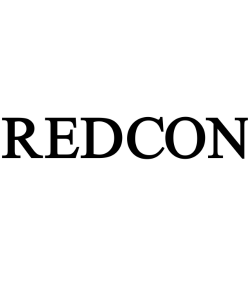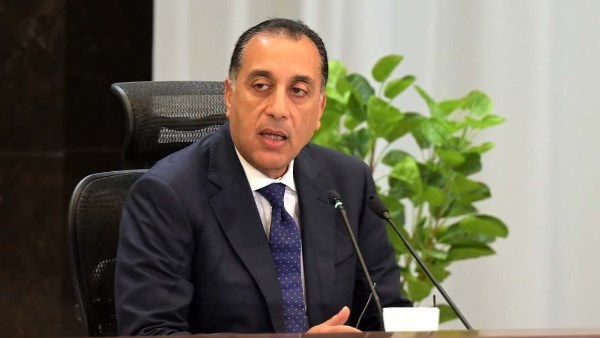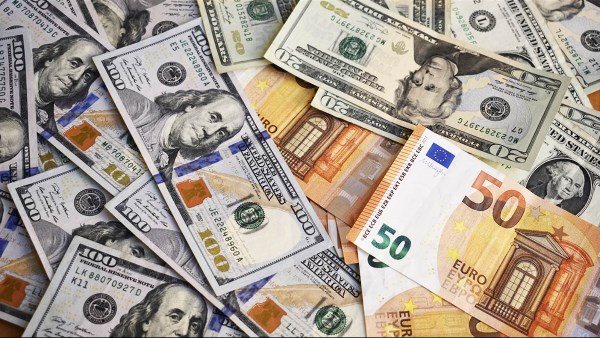
Mortgage rates in the U.S. resumed their upward climb

The average for a 30-year loan jumped to 5.27% from 5.10% last week, Freddie Mac said in a statement Thursday.
Mortgage rates are up more than 2 percentage points this year .
Get started The Federal Reserve yesterday raised its benchmark rate by a half point, the biggest bump since 2000, and signaled further hikes to come in its effort to cool inflation and the overheated housing market. Higher mortgage costs -- already up more than 2 percentage points this year -- may increasingly push out would-be homebuyers and ease competition for a scarce supply of listings.
“While housing affordability and inflationary pressures pose challenges for potential buyers, house-price growth will continue but is expected to decelerate in the coming months,” Sam Khater, Freddie Mac’s chief economist, said in the statement.
Families typically spent 18.7% of their income on mortgage payments in the first quarter, up from 14.2% a year earlier, data from National Association of Realtors showed this week.
At the current 30-year average, a borrower with a $300,000 mortgage would pay $1,660 a month, $377 more than at the end of last year.
“With much higher monthly payments, buyers who don’t have savings for a large down payment risk being priced out of the market,” said Joel Berner, senior economic research analyst from Realtor.com. “Unfortunately, this is occurring just as nationwide rents reach an all-time high, making saving more difficult for those looking to buy their first home.”
Tight inventory is beginning to crimp purchases. But plenty of pent-up demand from the past couple of years and a rising share of cash buyers make a crash in home sales unlikely, according to Matthew Pointon, senior property economist at Capital Economics





-1120252475029447.jpg)
-920252122624392.jpg)















